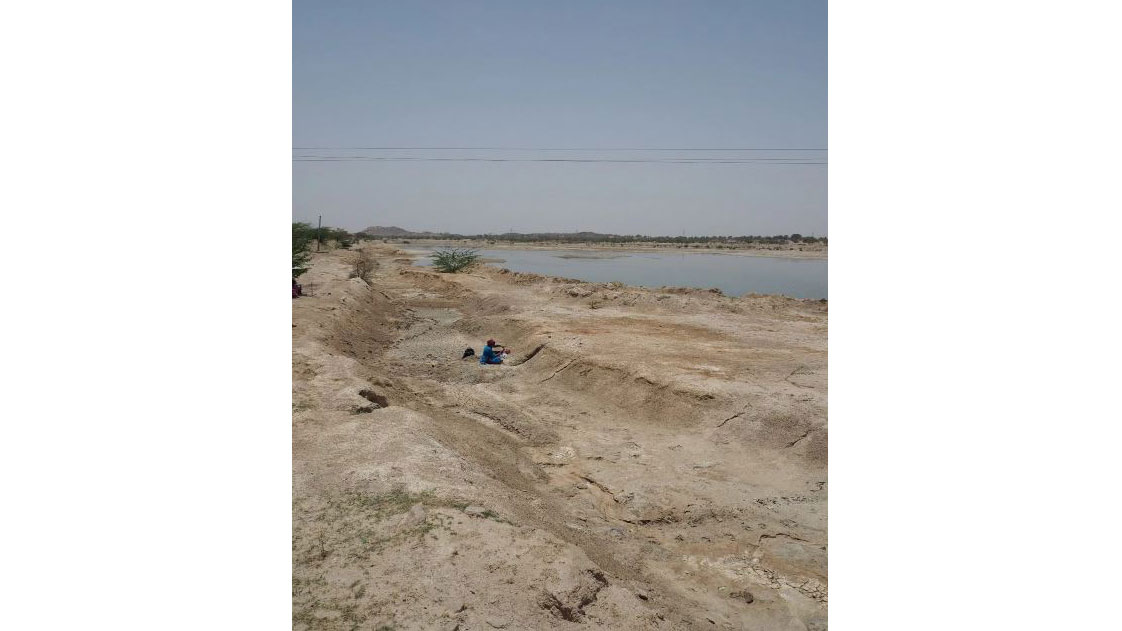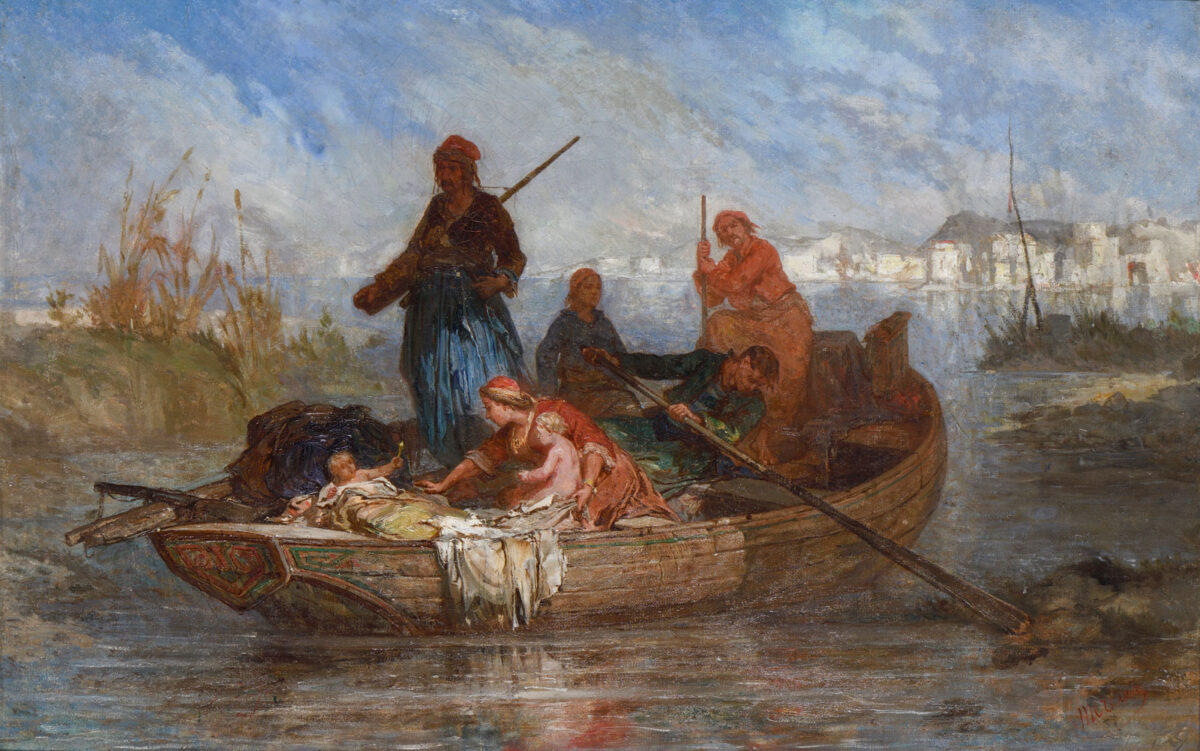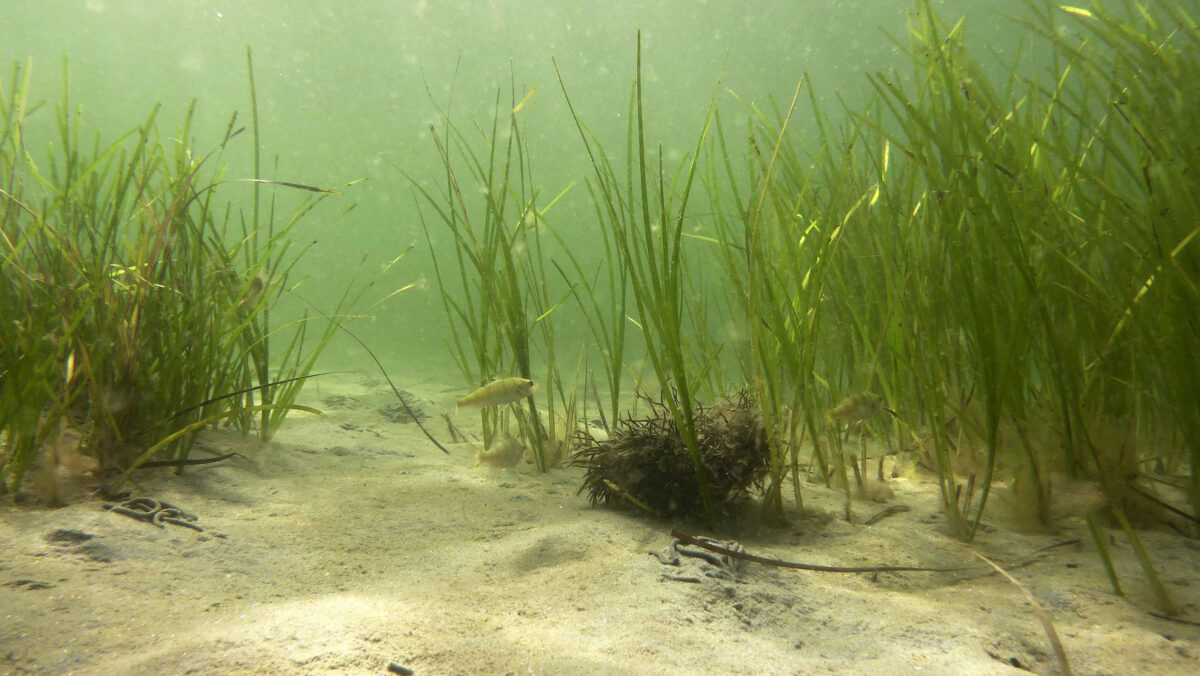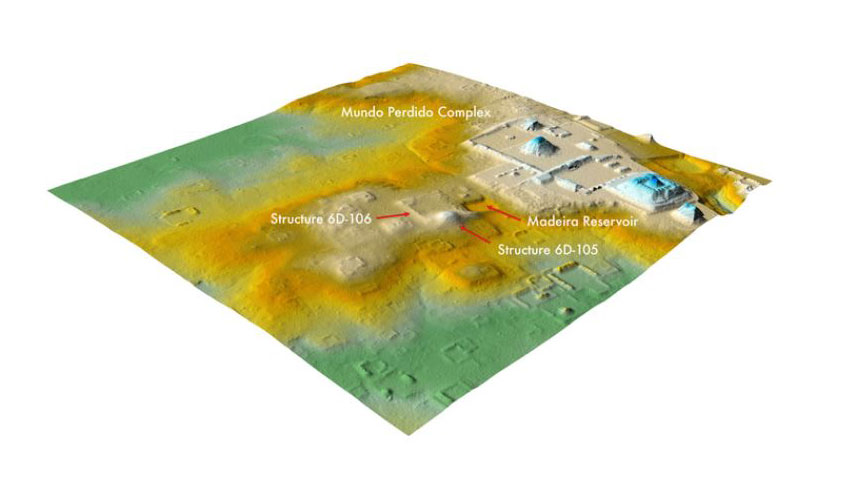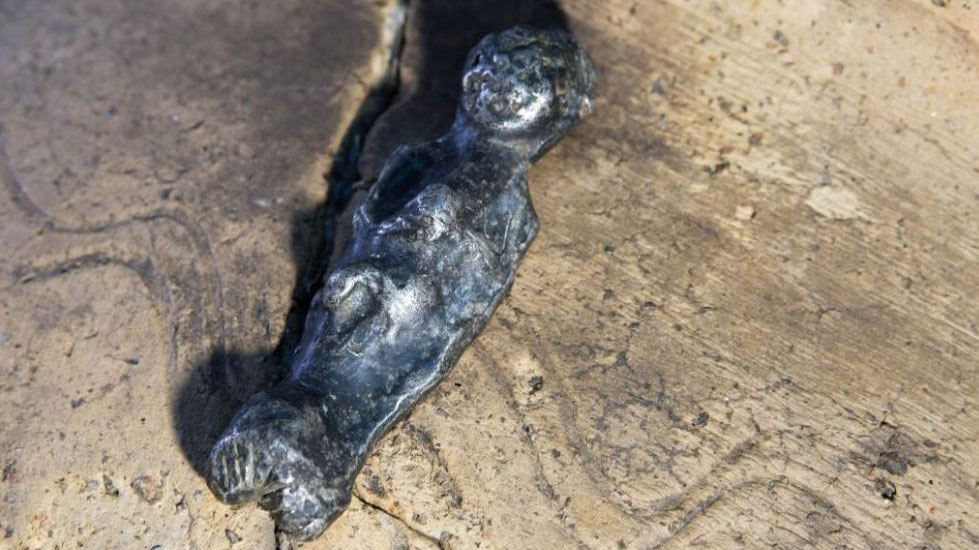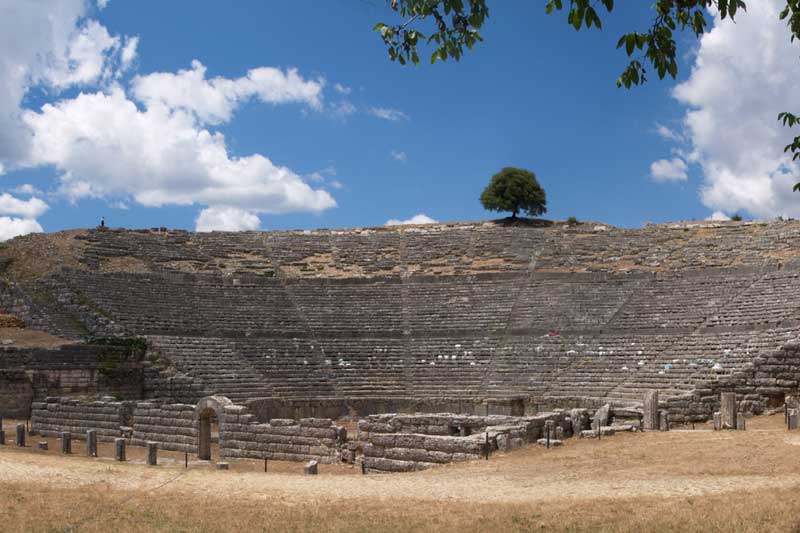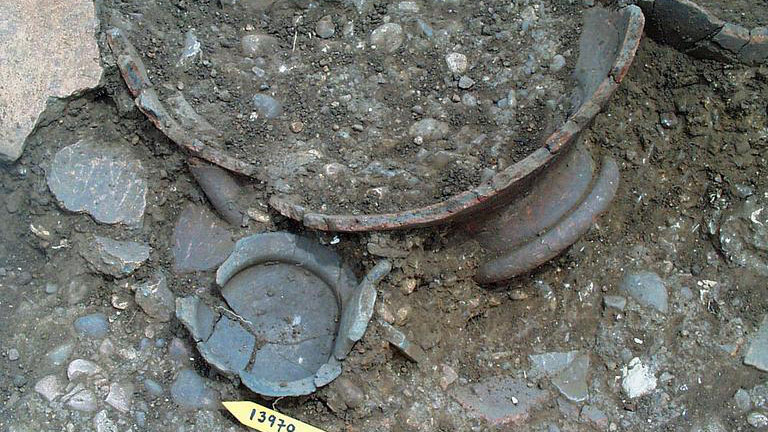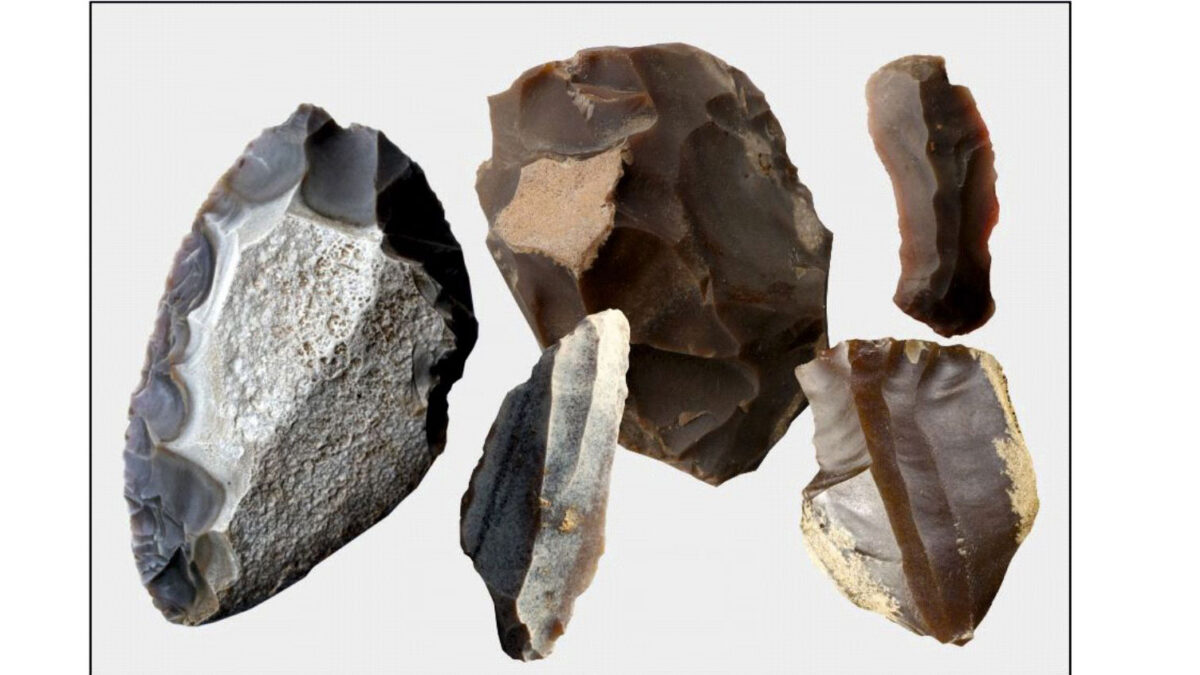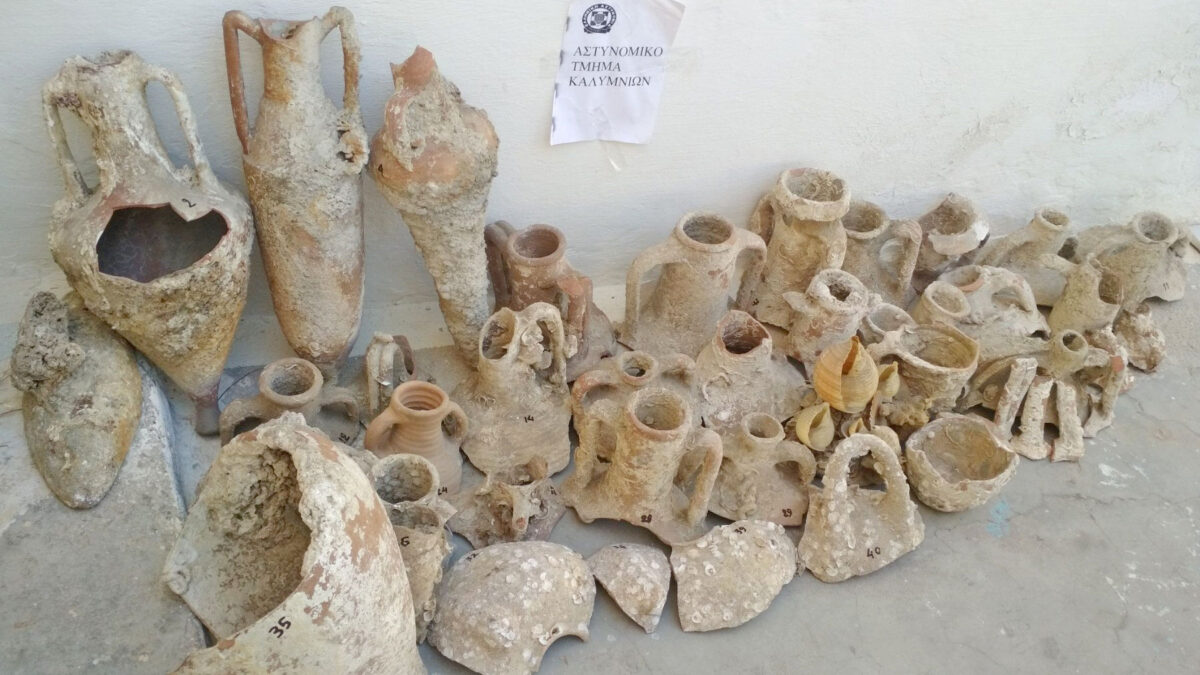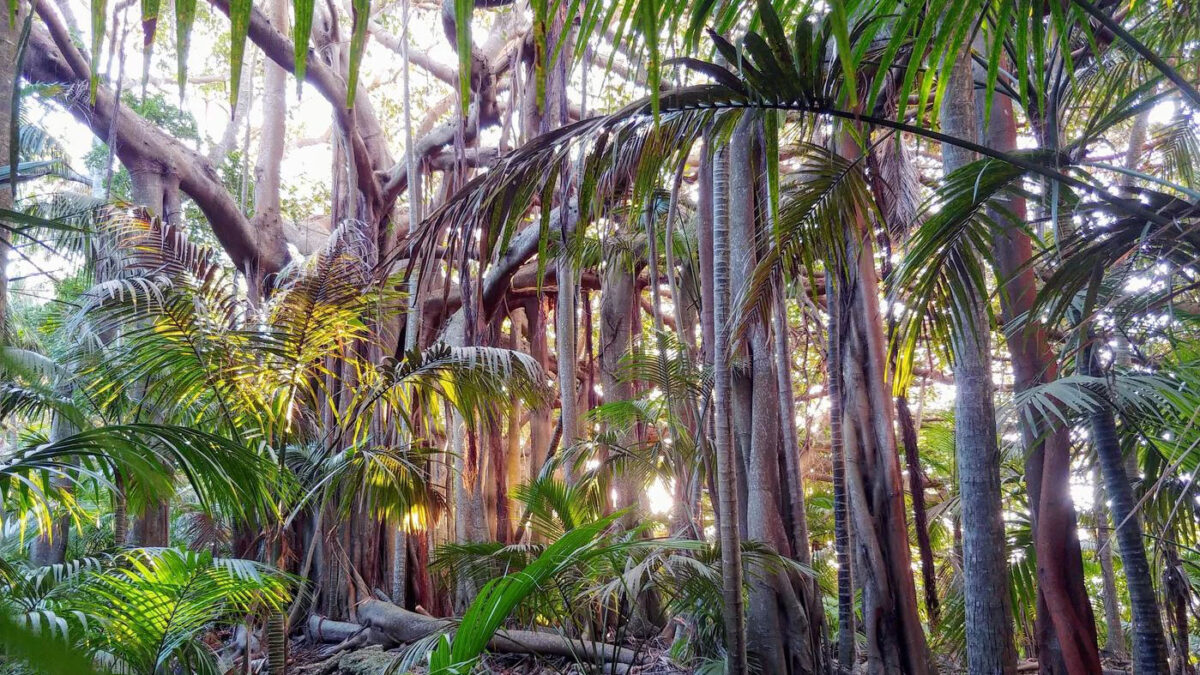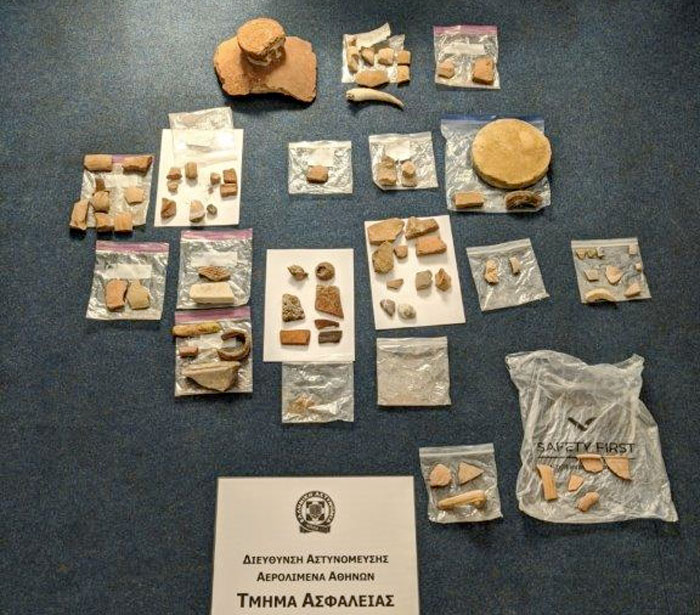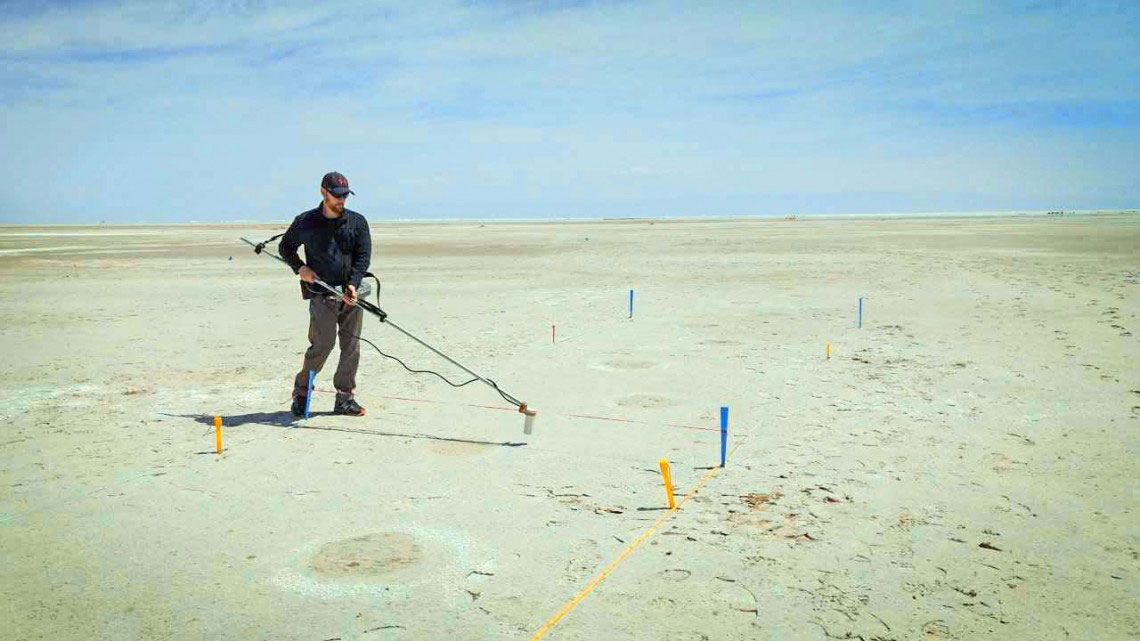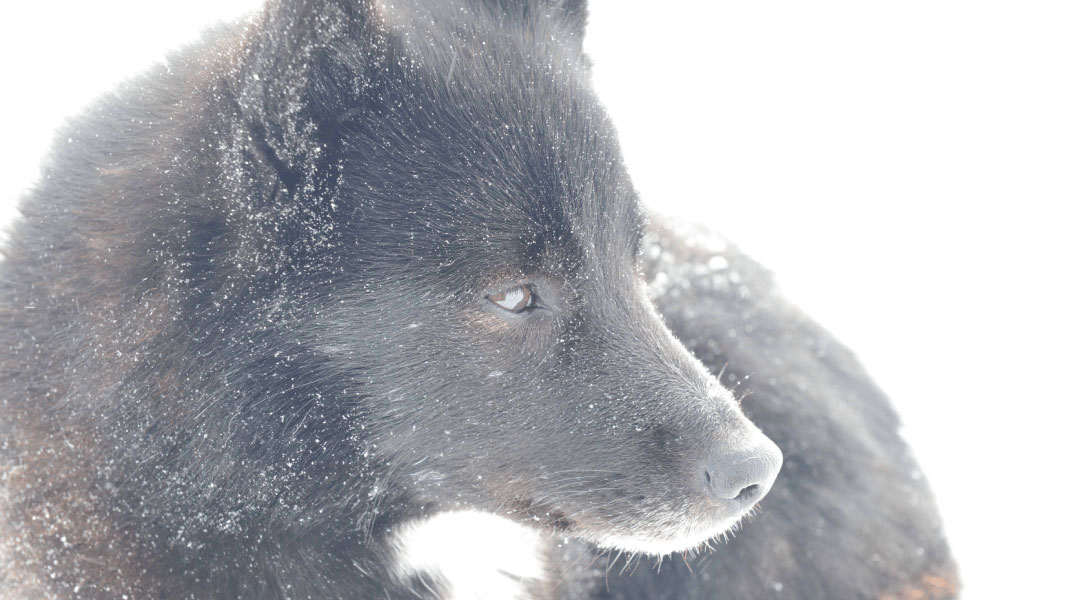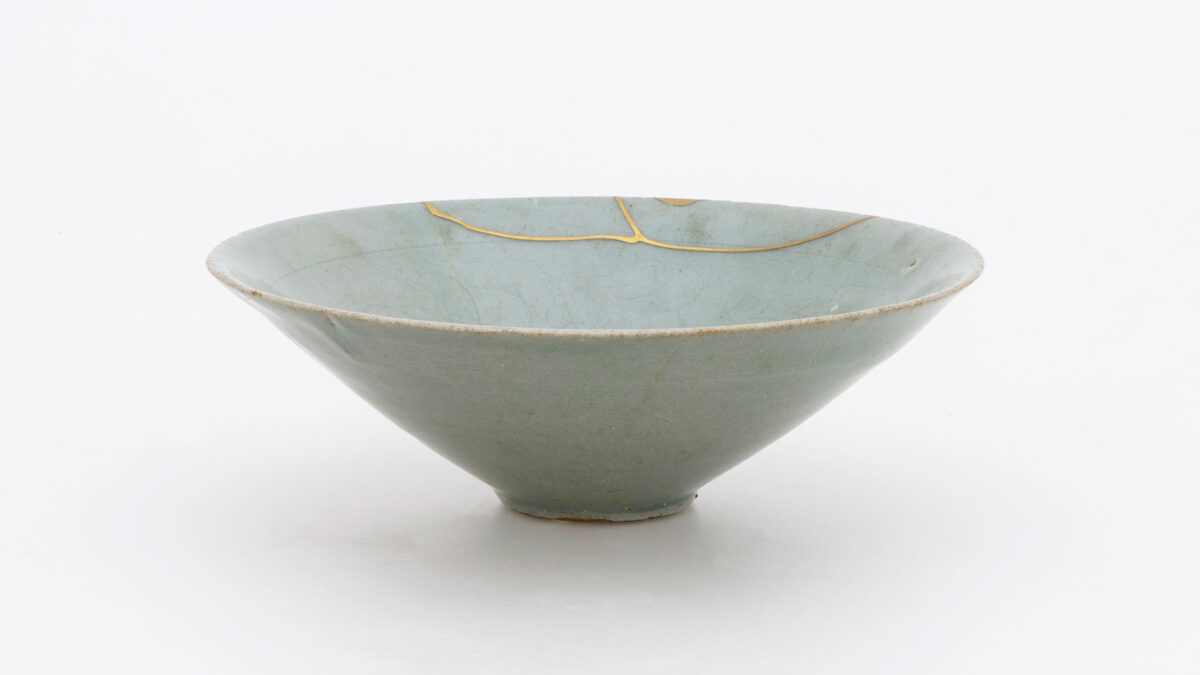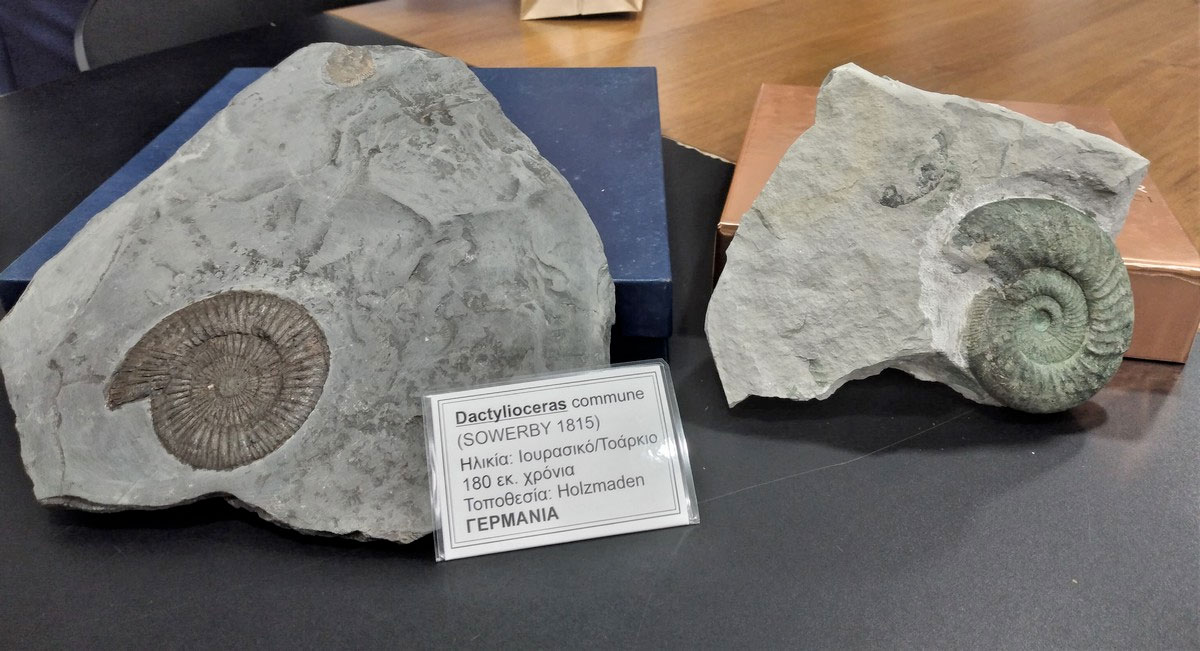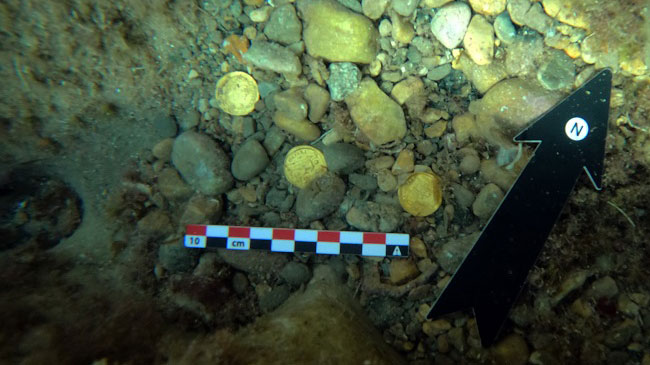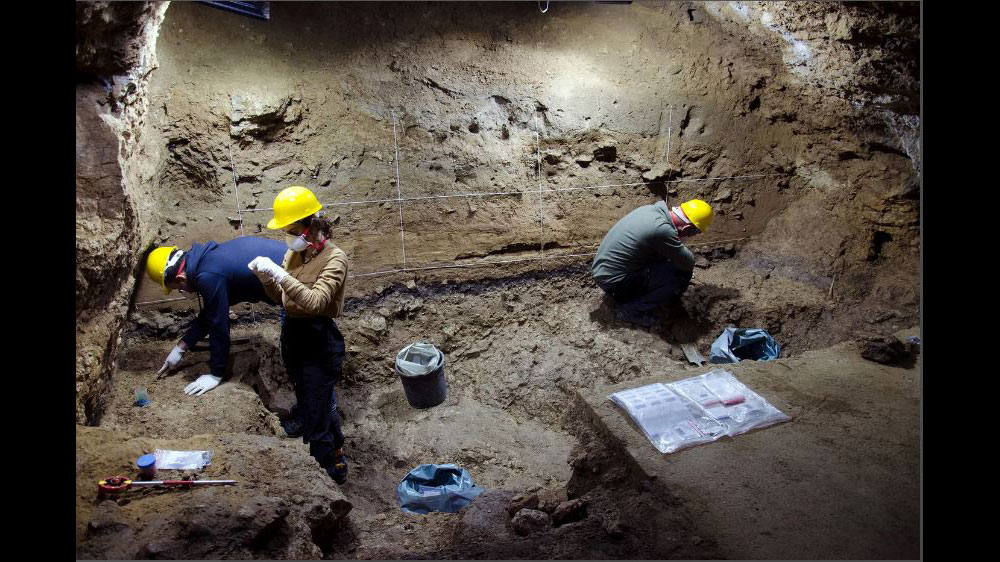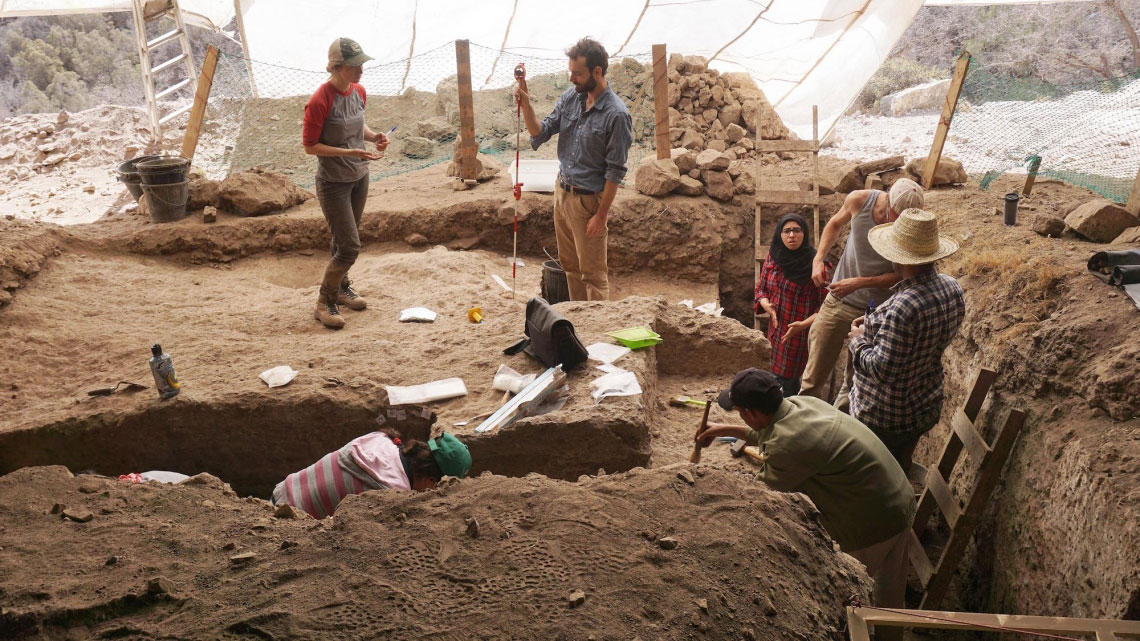The Jewish Synagogue of Trikala is ready to receive visitors
The renovation work resulted in the enhancement of the elegant stone building of the Synagogue.
Late persistence of human ancestors in India
New dating of an archaeological site in the Thar Desert to 177,000 years ago shows the use of stone handaxes persisted for over 1 million years in India.
The Benaki Museum is participating in the big Louvre exhibition
The Benaki Museum is participating in the large exhibition of the Louvre Museum of the 200 years of the Greek Revolution with 100 objects from its collections.
More than sex: An expanded evolutionary concept
New work from the Kiel Evolution Center suggests that somatic gene variations play a larger role in evolutionary adaptation mechanisms than previously thought.
Parthenon Sculptures: UNESCO requests the United Kingdom to revise its position
Greece's just request for the return of the Parthenon Sculptures was strongly supported by the majority of the Commission members.
Hidden neighborhood in ancient Maya city uncovered
The newly discovered structures provide game-changing evidence that the imperial power of Teotihuacan exerted considerable influence on Tikal, an ancient Maya capital, as part of a campaign of conquest.
Silver figurine, militaria and ceramics found in Chodlik fort
Several hundred medieval fragments of ceramic shells, arrow and javelin heads and a unique silver figurine depicting a man have been discovered by archaeologists during excavations of a fortified settlement in Chodlik (Lublin province).
Are the tablets of the Dodona Oracle a “Memory of the World”?
The positive response to the case put by Minister of Culture and Sports Lina Mendoni creates optimism about their inclusion in UNESCO’s "Memory of the world" list.
George Varoufakis has passed away
Since 1959 he had been dealing with ancient technology and particularly with metals and the role they have played in our culture’s rate of development.
The indigenous population of ancient Sicily were active traders
A new thesis shows that trade was a big part of the economy for the inhabitants of the settlement of Monte Polizzo.
Prehistoric chocolate flint mine found in Kraków
A 10,000-year-old chocolate flint mine has been discovered in Poland’s Kraków-Częstochowa Upland, the farthest southwest site of this type in the country.
Arrest on Kalymnos for possession of antiquities
The following were confiscated: An ancient stone hand mill, 3 clay amphorae, 32 pieces and 4 handles of different sized ancient amphorae as well as six pieces of clay vessels.
Under the light of Apollo: The Louvre in Delphi
Minister of Culture and Sports, Lina Mendoni, opened the exhibition at the Archaeological Museum of Delphi in the presence of Jean-Luc Martinez.
Deep roots of the ‘Anthropocene’ can be found in tropical forests
New special edition of the Proceedings of the National Academy of Sciences showcases multidisciplinary approaches to exploring human impacts on tropical forests and their associated earth systems.
Two individuals were arrested at Athens International Airport
The two individuals were travelling abroad and when they went through control, the antique items were discovered in their luggage.
Earliest evidence of human activity in the Americas found
Footprints found at White Sands National Park in New Mexico provide the earliest unequivocal evidence of human activity in the Americas and offer insight into life over 23,000 years ago.
Virtual tour of the Achilleion Museum and the Diros Caves
An initiative of the Public Real Estate Company in collaboration with the Ministry of Culture and Sports and the Ministry of Education and Religions.
Ancient humans traded dogs for their usefulness
Thousands of years ago, Ancient Siberian societies that were thought to be isolated traded their dogs with outside populations, new research from University of Copenhagen finds.
Benaki Museum exhibition : Ceramics from Korea
The Benaki Museum Korean art collection includes just eleven ceramics made between the 11th and 18th centuries.
Rethymnon will acquire its Museum of Fossils
The municipal authorities of Rethymnon are organizing an exhibition of the full collection of fossils donated to the Municipality by the collector Paschalis Zisiou.
Fifty-three gold coins found on the seabed of Portitxol in Xàbia
The University of Alicante, the Town Council of Xàbia and the Valencian government will carry out an underwater excavation campaign to investigate the area.
Clio Muse Tours offers its audio tours for free for one day
Clio Muse Tours celebrates the European Heritage Days and offers all of its audio tours for free on Sunday, September 26, 2021.
Early Homo sapiens groups in Europe faced subarctic climates
New insights into the climatic backdrop for an early wave of dispersal of our species into Europe during the last glacial period.
Those Earrings Are So Last Year…
Shell beads found in a cave in Morocco are at least 142,000 years old. The archaeologists who found them say they're the earliest known evidence of a widespread form of human communication.

